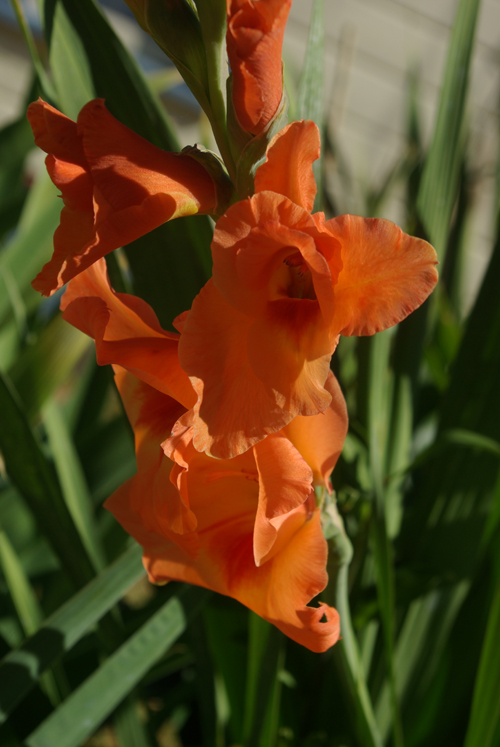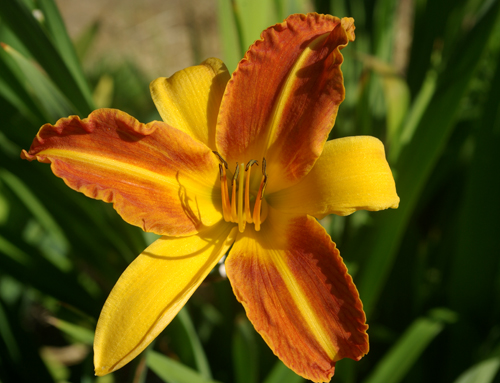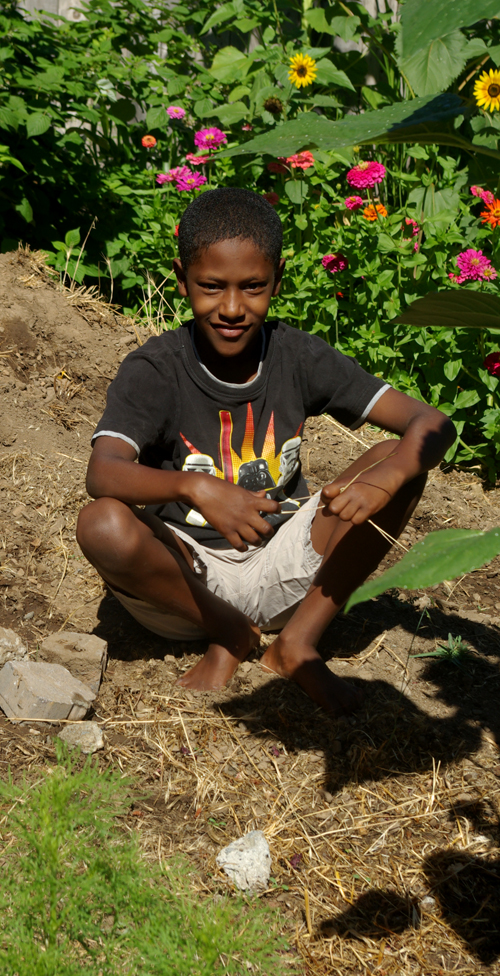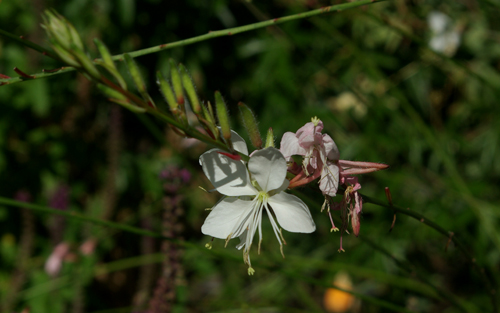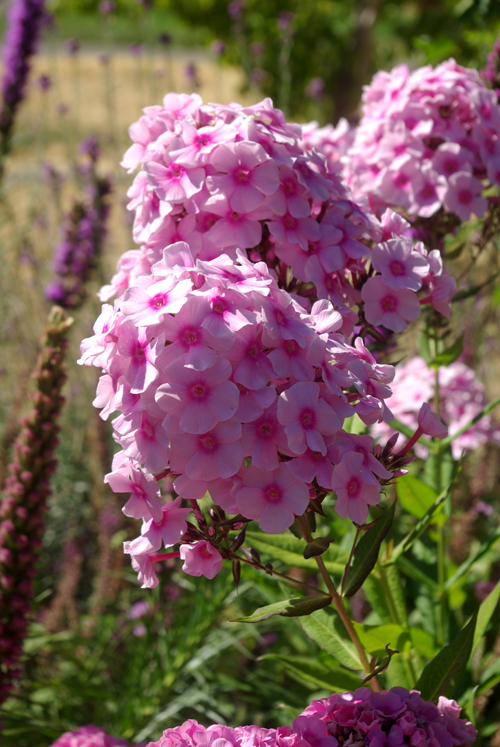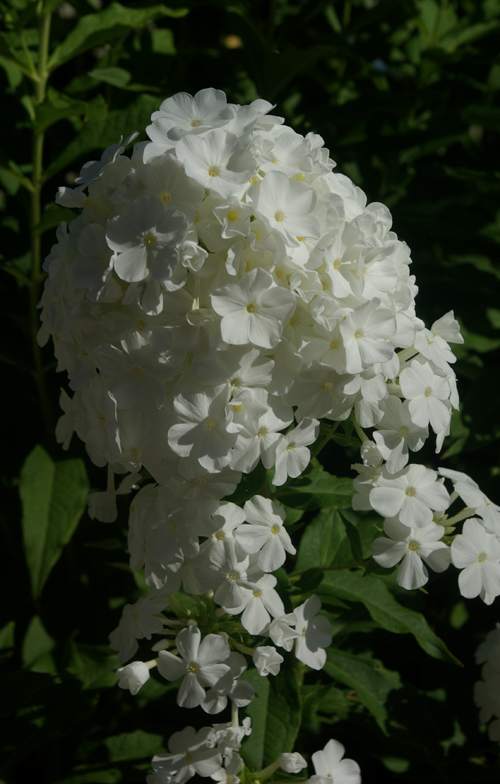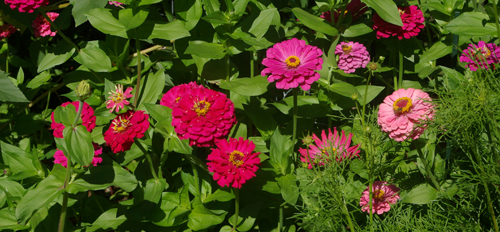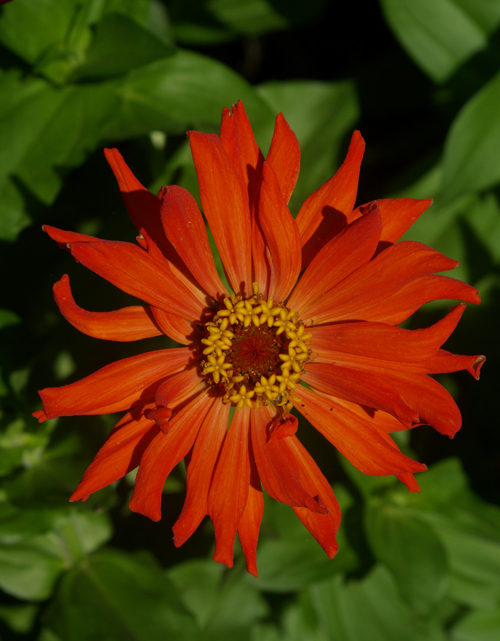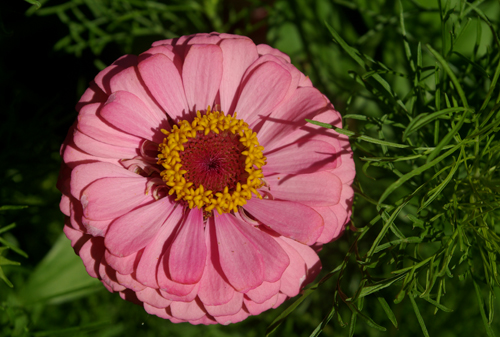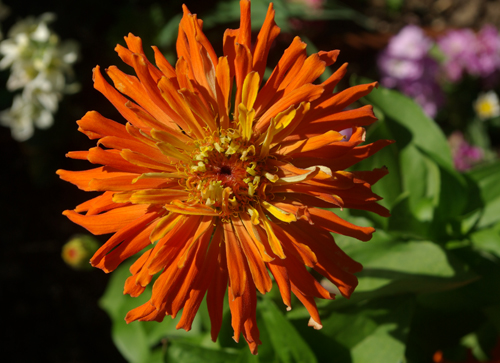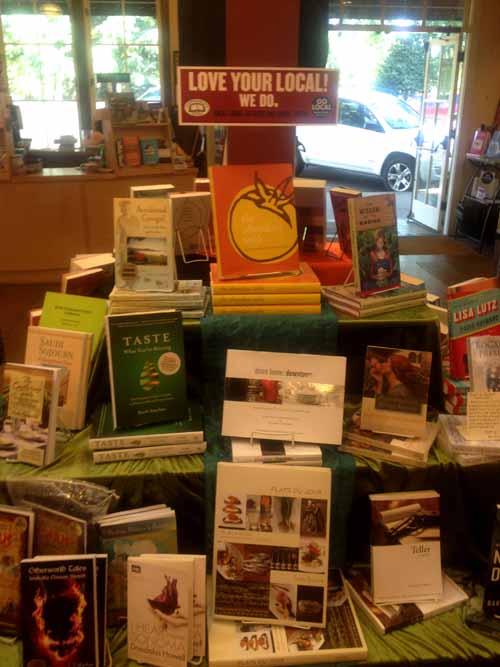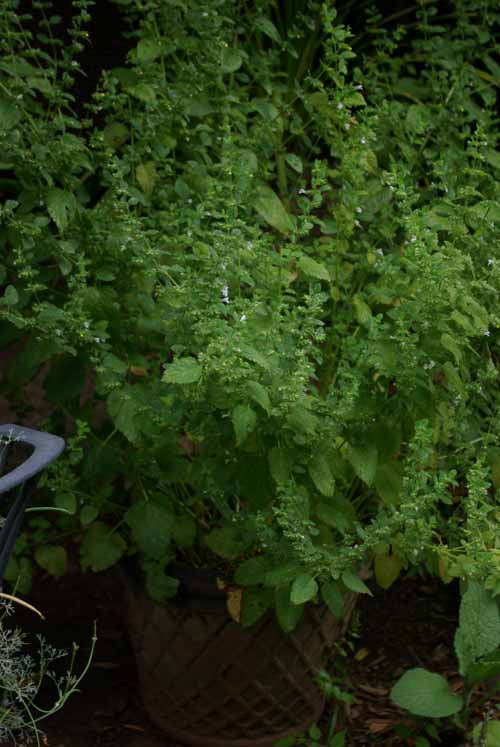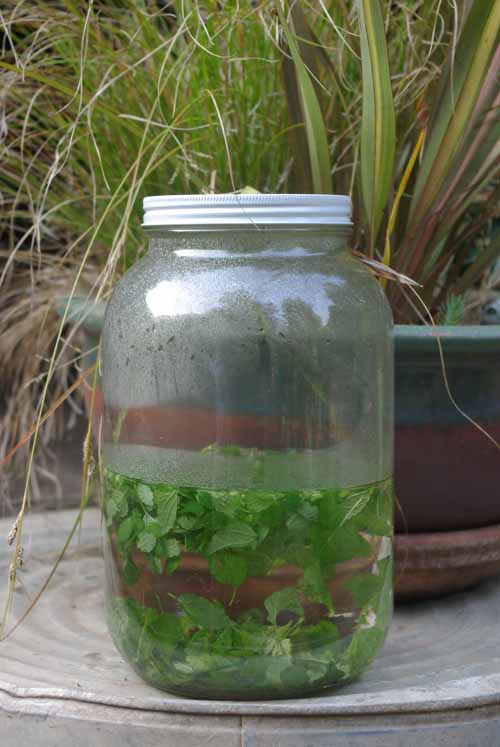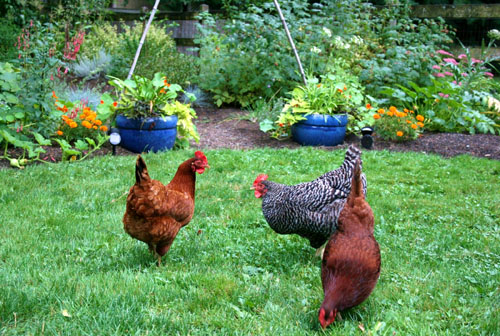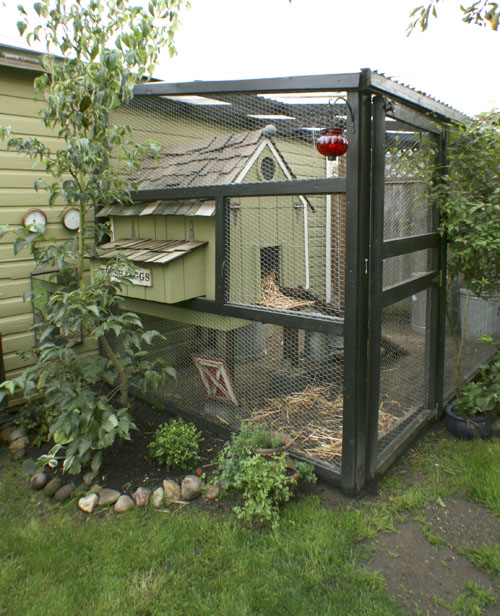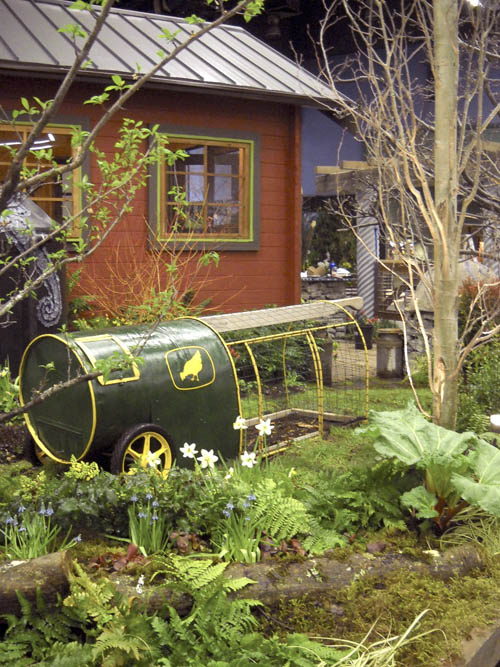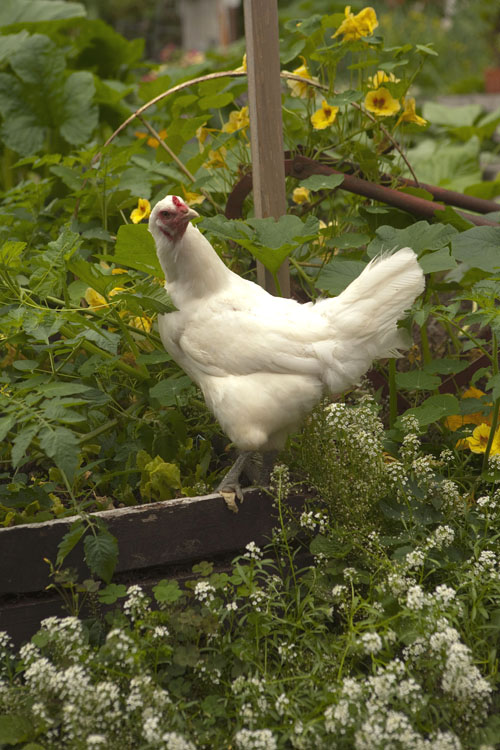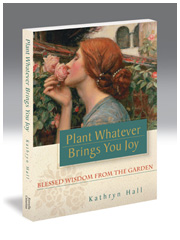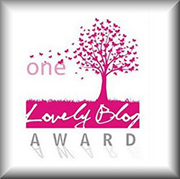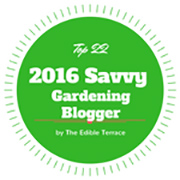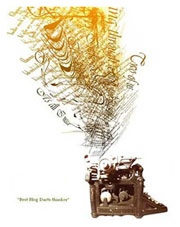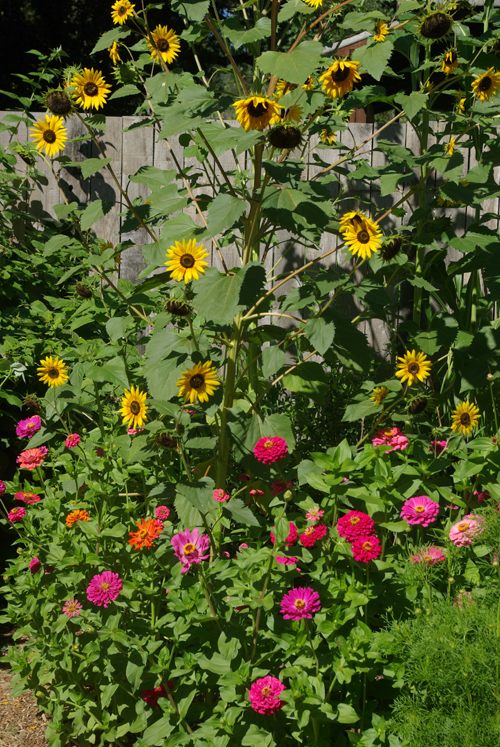
sunflowers and zinnias
Formal garden tours are wonderful and becoming increasingly popular and I’m glad for it. But sometimes all we need to do for a fresh look of inspiration is to walk down the street. Really. At least that’s what happened to me. For just a block away an elderly woman (no other way to say it) secured a small house, gutted it, and proceeded to create the dream house of her Golden Years, replete with solar panels and a grey water system. And being a true and knowledgeable gardener, the space around the house is receiving the full creative benefit of what will likely be her Last Big Garden and what an inspiration! But before showing you what she has done, I want to preface this pictorial with an amazing fact about this inspiring woman of 80 years–she hikes six miles every Saturday morning with a group of friends. Indeed, I happened upon her in town one day and agreed to follow her over the farmer’s market and I could barely keep up. She’s a veritable steam engine of energy! Not an ounce of fat on her body, and eats a diet of fresh veggies from her own garden. (Except, oh, yes. Her true confession: she likes Wonder Bread.) So I was delighted when she gave me permission to do an early morning shoot recently, to share with all of you the garden she has created to live in in this particular chapter of her life. I especially like that this trek around her garden will give those afar an insider view into an extraordinary Northern California summer garden.
Let’s start with the dahlias, shall we?

dahlia
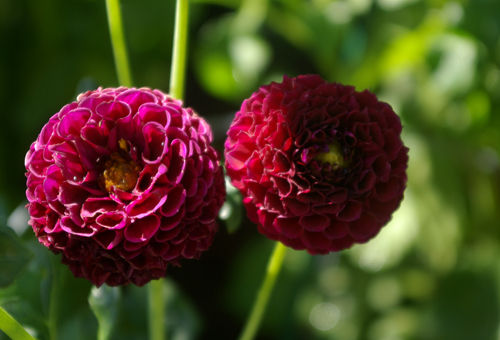
dahlia
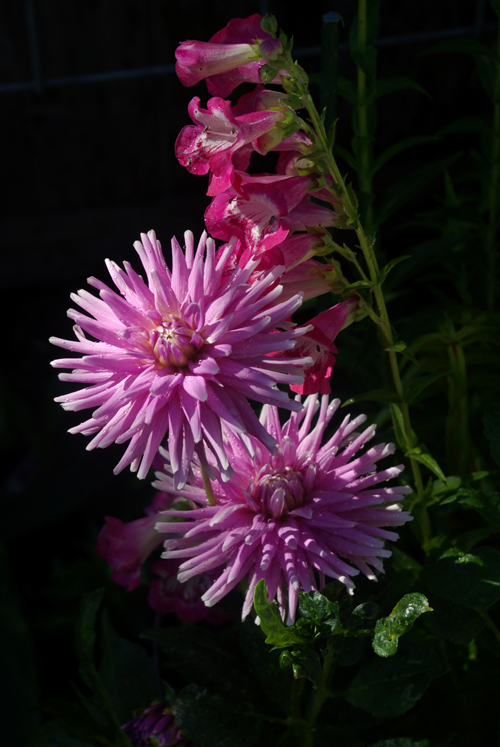
dahlia and penstemon
And that penstemon hiding behind the above dahlia has a nearby sister and deserves her own clear view, so here she is. What a beauty!

penstemon
This rose, called Eye Paint, was a housewarming gift to my friend. She says it offers wave after wave of roses. I think it’s her favorite.
A simple question. A simple answer. What opportunities lie within our reach that hold the power to make a difference in the quality of the lives of others simply by sharing the bounties and blessings that grace our lives? ~Kathryn Hall, in Plant Whatever Brings You Joy: Blessed Wisdom from the Garden
Along the drive were gladiolus for the last month. Now in our intense summer heat only one is left. This one lovely creature.
Nearby is a sweet daylily. (Daylily lovers, I know who you are! I even asked the name of this for YOU! It’s Frans Hals! Heh.)
So as I’m walking around gingerly picking my way through beds, suddenly this little boy showed up! Turns out he’s my friend’s grandson, who is visiting here from Africa! He was an adorable surprise!
Compounding my surprise, a few minutes later I learned he has a sister, who oblingly posed for me by the sunflowers!
Apparently their father is an African diplomat. I had no idea they were here on vacation, so this was a treat!
And did I mention this is going to be a long post as this gardener has a lot of beautiful plants!
And this is a charming little vignette, as when this garden was first being formed, a stack of old cement and rocks began accumulating off to the side. Then one day I came to visit and my friend said, “See what’s happening in the corner? One of my grandchildren came and put some dirt on top of the pile of rocks in the corner and planted this and that and now it’s become a little rock garden all on its own.” Fast forward to these grasses, which my friend “brought home from the lake.” All manner of things has been added including wild chamomile, several succulents and near the bottom, this:
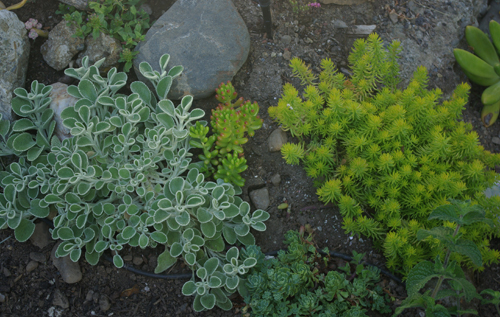
hoarhound and sedum in the rock garden
As you might begin to imagine, this is not a highly structured garden. I’d call it Permissive Gardening, which I can actually relate to. Along the sidewalk alyssum is spilling out.
Go placidly amidst the noise and haste, and remember what peace there may be in silence. ~Desiderata
And apparently my friend is not one for pulling up every weed, especially if it has an endearing flower, like this scarlet pimpernell! I loved that she knew the name of this weed, which I have long admired and only begrudgingly pulled up. Can’t believe such a humble little flower has such a lofty name!
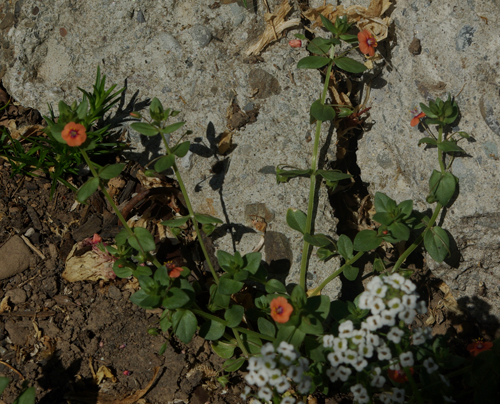
scarlet pimpernell (Anagallis arvensis)
…and the agastasche…
…and the phlox, offering a fresh vision in the summer sun.
One of my favorites was this hybrid of California poppy. I brought home some seeds, which are drying and I look forward to planting them in the spring! My friend says they will cross-pollinate with my wild California poppies.
Speaking of cross-pollination, can you begin to imagine the numbers of bees that are attracted to this garden? They were everywhere, I’m very happy to report! They especially like the sunflowers.

sunflower
And the zinnias! (As did I!)
I am utterly enchanted with those little round circles of teeny flowerettes, as I know that some power much larger than teeny I consciously chose to create and include them and I am humbled and touched at the thought. 🙂
Are you just filled to the brim with California beauty?? I hope so!
Love and garden blessings,
Kathryn xoxo
Book News: Oh! Oh! I did at last start a Facebook Fan Page. Please LIKE if you are inclined. I solemnly promise not to overwhelm you with notices. My intention is to now and then mention something of note, and, mostly, to have a place fans of Plant Whatever Brings You Joy can connect. Thank you.
Also, I’ve been continuing to collect pics of my book on shelves around the country. (Who does this??) I was delighted when I unexpectedly received this photo from Kaitlyn at Copperfield’s Books in Healdsburg, alerting me that they’ve included Plant Whatever Brings You Joy in their new Local Author display. Sweet! I do hope you continue to support your local indie bookstores. They are a treasure.
Posted on August 1st, 2012 by Kathryn
Filed under: Plants | 10 Comments »


